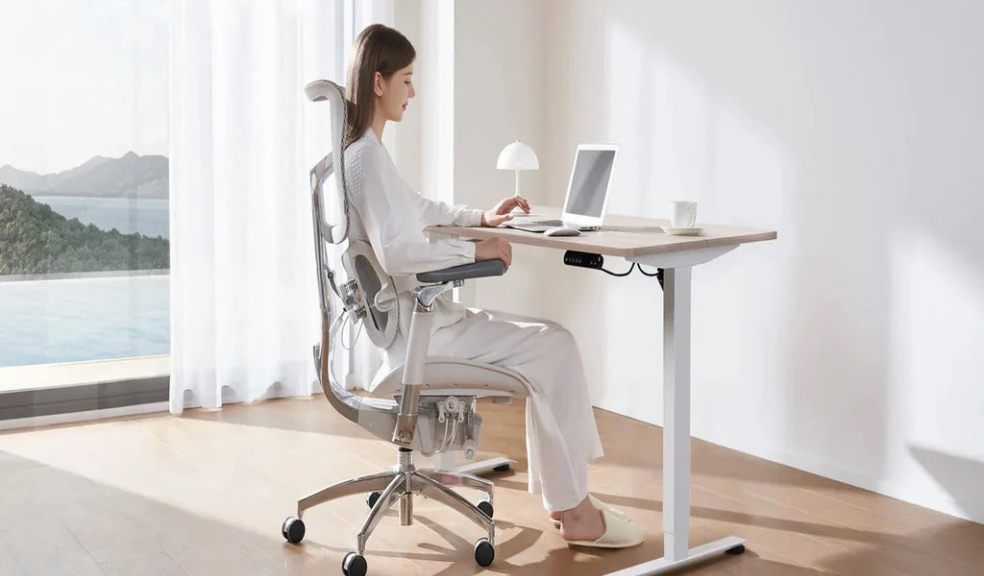
8 Simple Ways to Balance Work and Life
In today's fast-paced world, the quest for a healthy work-life balance can often feel like a losing battle. The once-clear lines between our professional and personal lives have become increasingly blurred, leading to a rise in burnout and stress. However, achieving a harmonious blend of work and personal time is not an impossible feat. By implementing a few simple yet effective strategies, you can significantly improve your overall well-being. From establishing firm boundaries to creating a comfortable and productive workspace with an ergonomic office task chair, this guide offers eight practical tips to help you reclaim your time and find a more sustainable rhythm. For those looking to enhance their home office, a brand like Sihoo is making waves with its focus on ergonomic excellence.
1. Champion Clear Boundaries (And Actually Stick to Them)
The ability to disconnect is a cornerstone of a healthy work-life balance. In an always-on culture, setting clear boundaries is no longer a luxury but a necessity.
Embrace the "Right to Disconnect"
The "right to disconnect" is a growing movement, and for good reason. To put this into practice, define your working hours and, crucially, communicate them to your colleagues and clients. Make a conscious effort to avoid checking emails or taking work-related calls outside of these hours. Utilise out-of-office automated replies to manage expectations and protect your time.
2. Make Flexible Working Work for You
The traditional 9-to-5 model is no longer the only option. Flexible working arrangements can be a game-changer for your work-life balance.
A Modern Take on the Workday
Explore possibilities such as compressed hours (working your full hours over fewer days) or hybrid working. If you're considering approaching your employer about flexible options, be sure to highlight the mutual benefits, such as increased productivity and job satisfaction. Remember, a key part of successful remote work is a dedicated and comfortable home office.
3. Prioritise with Purpose: The Eisenhower Matrix
Feeling overwhelmed by a never-ending to-do list? The Eisenhower Matrix is a simple yet powerful tool for prioritising tasks.
Work Smarter, Not Harder
This method categorises your tasks into four quadrants:
- Urgent and Important: Do these first.
- Important, but Not Urgent: Schedule these to do later.
- Urgent, but Not Important: Delegate these if possible.
- Neither Urgent nor Important: Eliminate these.
By focusing your energy on what truly matters, you can make more significant progress without feeling constantly swamped.
4. Ring-Fence Your "Me Time"
Just as you schedule work meetings, it's vital to schedule dedicated time for yourself.
Your Well-being on the Calendar
Block out time in your diary for hobbies, exercise, or simply relaxing with a good book. This "me time" is not a luxury; it's a crucial component of maintaining good mental health and preventing burnout. Treat these appointments with the same importance as your professional commitments.
5. Take Meaningful Breaks
The "work 'til you drop" mentality is counterproductive. Regular, quality breaks are essential for sustained focus and productivity.
The Power of the Pause
The Pomodoro Technique—working in focused 25-minute intervals separated by short breaks—can be highly effective. It's also important to take a proper lunch break, ideally away from your desk. Use this time to step outside, stretch, or simply let your mind wander.
6. Cultivate a "Third Space"
The "third space" is the transitional period between your work and personal life. It's the buffer that helps you mentally switch off.
Recreating the Commute
For those working from home, this transition can be easily lost. Consciously create a "third space" by going for a short walk after your workday, listening to a podcast, or changing your clothes to signal that work is over and personal time has begun.
7. Invest in Your Workspace for a Better Workday
Your physical environment has a significant impact on your mental well-being and ability to focus. An ergonomic setup is a key investment in your overall work-life balance.

Your Desk, Your Sanctuary
A cluttered and uncomfortable workspace can lead to physical discomfort and mental distraction. Key elements of an ergonomic setup include proper monitor height, good lighting, and, most importantly, a supportive chair. An ergonomic office task chair from a reputable brand like Sihoo can make a world of difference, with features such as adjustable lumbar support, customisable armrests, and breathable mesh to ensure comfort throughout the workday. This focus on physical well-being can reduce fatigue and stress, allowing you to be more present and productive during work hours and better able to switch off when the day is done.
8. The Gentle Art of Saying "No"
One of the most challenging yet liberating skills to master is the ability to say "no."
Protect Your Time and Energy
Taking on too much work is a fast track to burnout. It's important to recognise your capacity and politely decline additional tasks when you're already stretched. A simple, "I'd love to help, but my plate is full at the moment," is a professional way to protect your time and maintain the quality of your work.

















